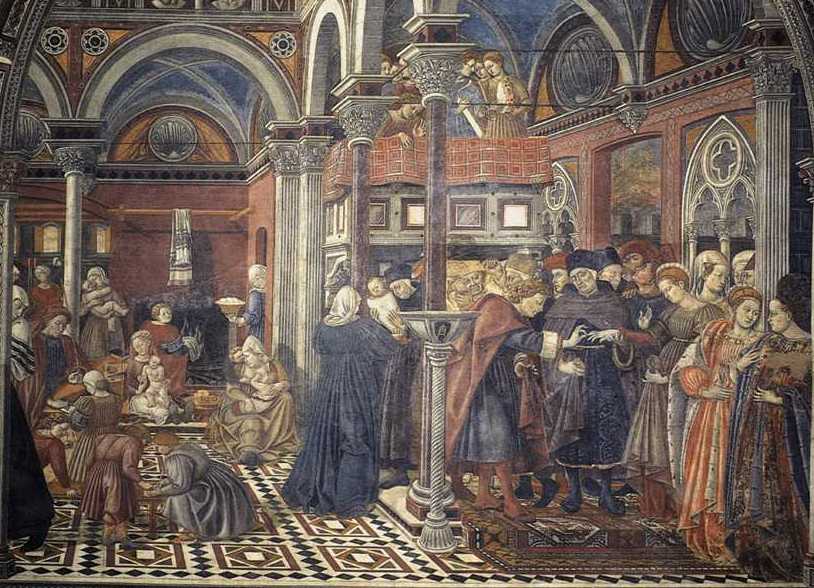Lay Piety, Women, and the Family
Though Renaissance lay persons could be highly critical of the church, it was generally a time of deep religious faith. The stories from the Bible had deep personal meaning for men and women in expressing their piety. The Virgin Mary, especially was central to people’s devotion both at church and by the hearth at home. Artists represented domestic scenes from her life, celebrating her motherhood and role within the family.
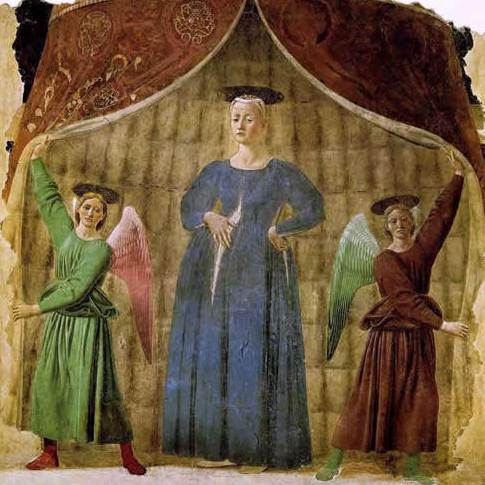
A popular image of Mary was in the scene of the Annunciation, when the Angel Gabriel announces that she is to become a mother:
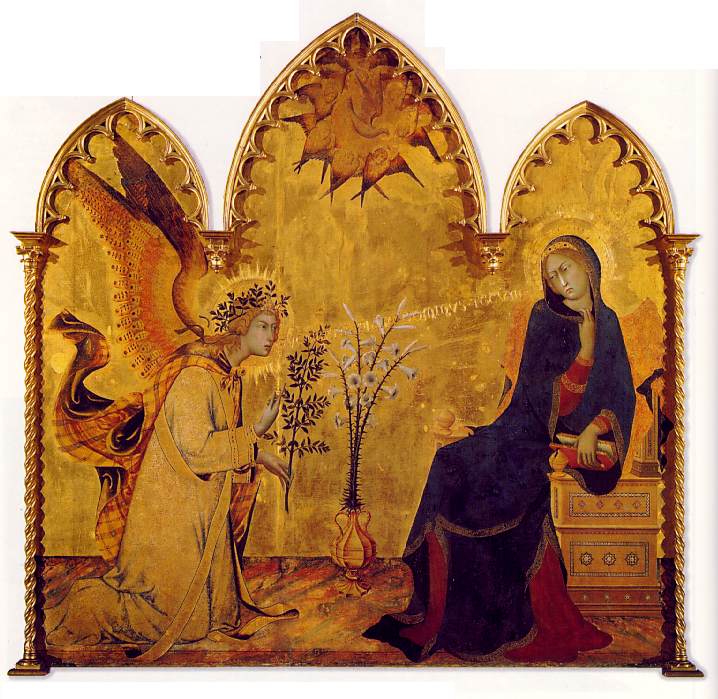
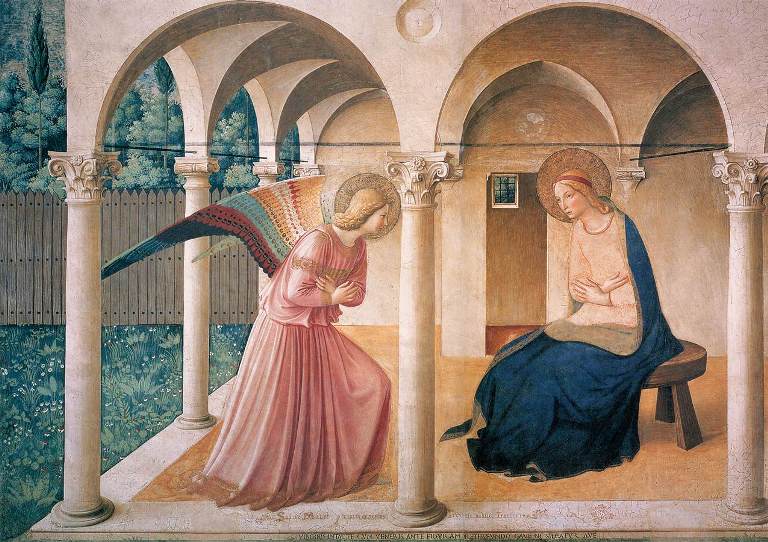
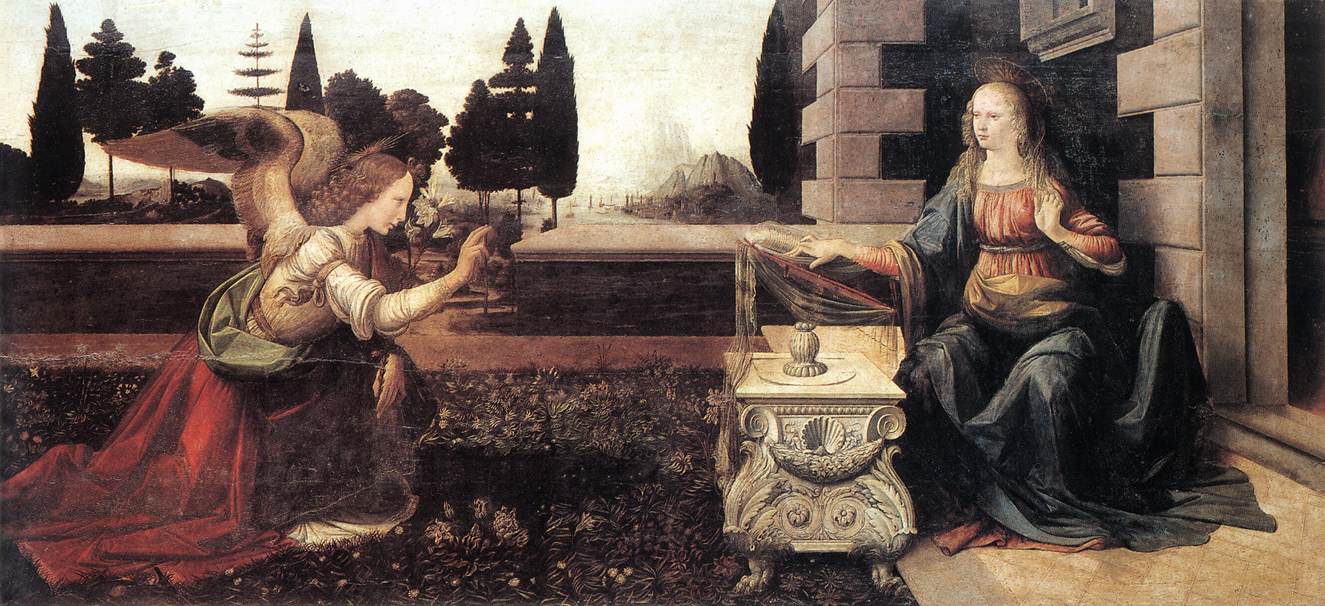
Leonardo Da Vinci Annunciation
During the Renaissance, concepts of saintliness and motherhood were closely linked.
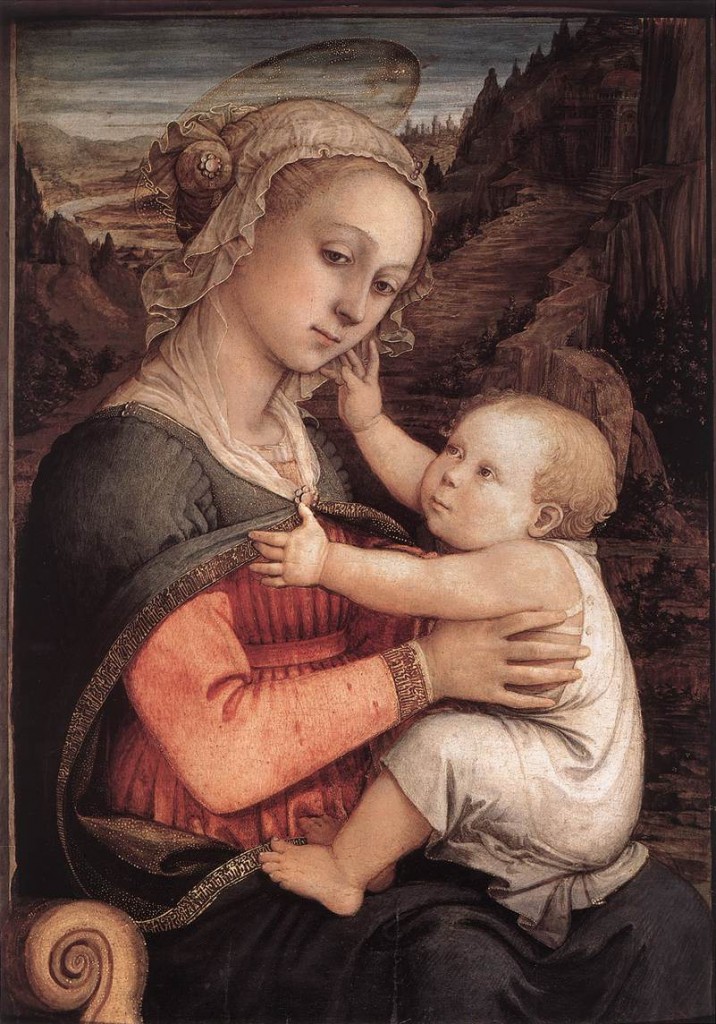
Women played an important role in the spiritual life of Renaissance Italy, expressing their piety by attending the sermons of preachers such as San Bernardino of Siena in large numbers:
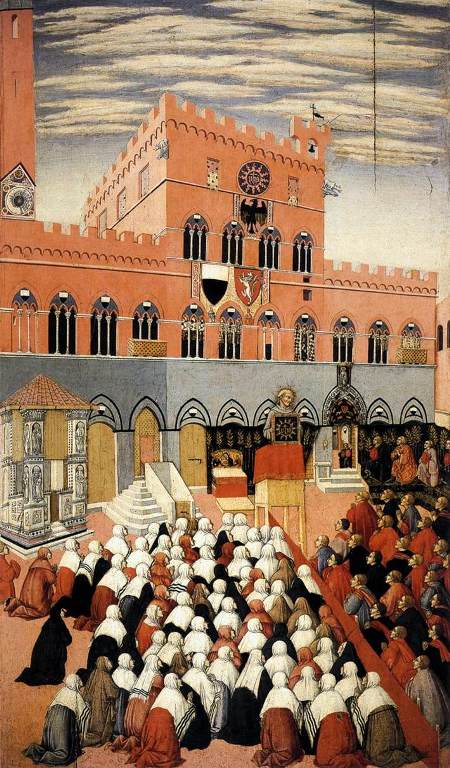
Women could express their spirituality in their secular lives of wives and mothers tending hearth and home while still performing works of charity and private devotion. Many others became nuns.

In Renaissance Italy, women’s options in life were essentially limited to the convent or marriage.


But women could also become members of tertiary orders, helping the poor and sick in their communities.
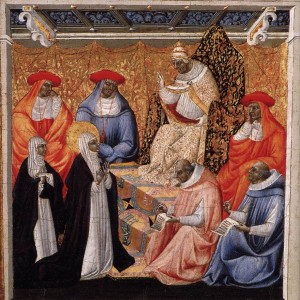
Often they lived at home with their family, like the renowned holy woman Catherine of Siena. She was a Dominican tertiary who was very active, even beyond her home and her community. She also traveled to Avignon to advise the pope.
Margaret of Cortona was a Franciscan tertiary who founded a hospital.
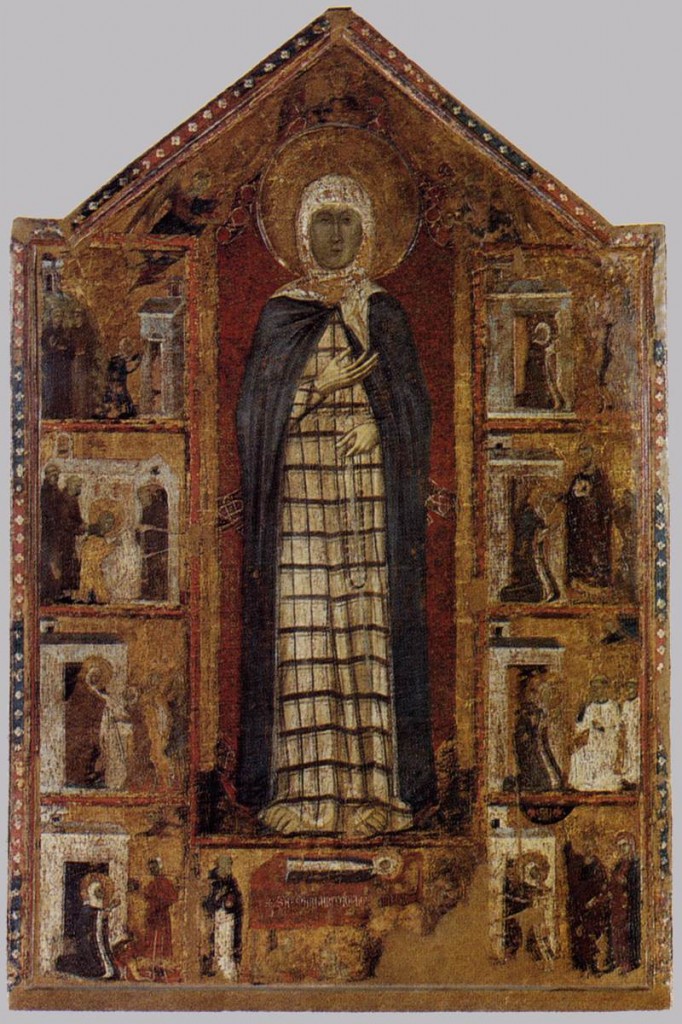
These women were only two of the many “living saints” who were venerated during their own lifetimes and later canonized, but there were many others.
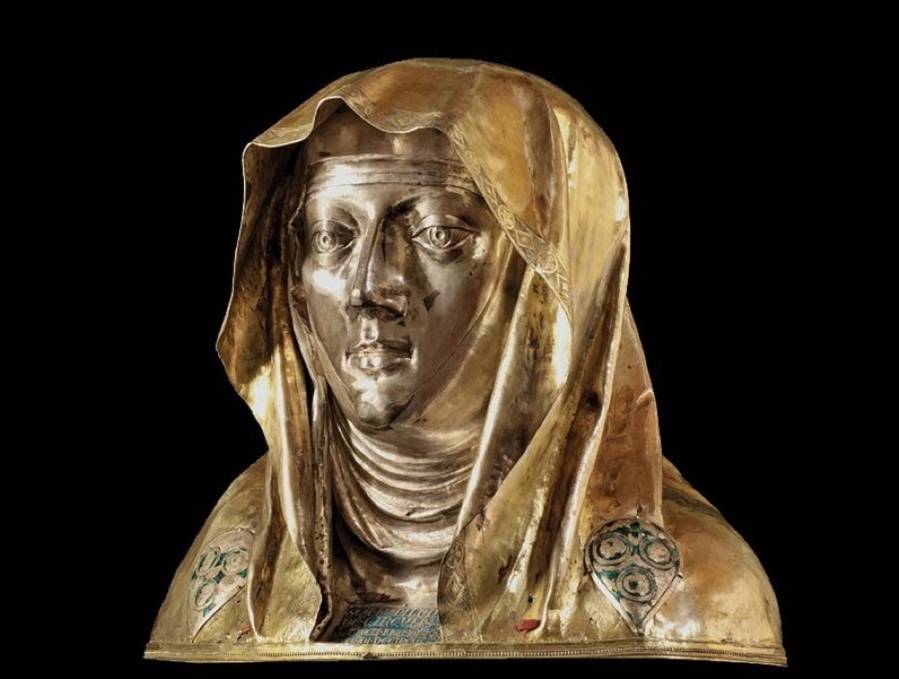
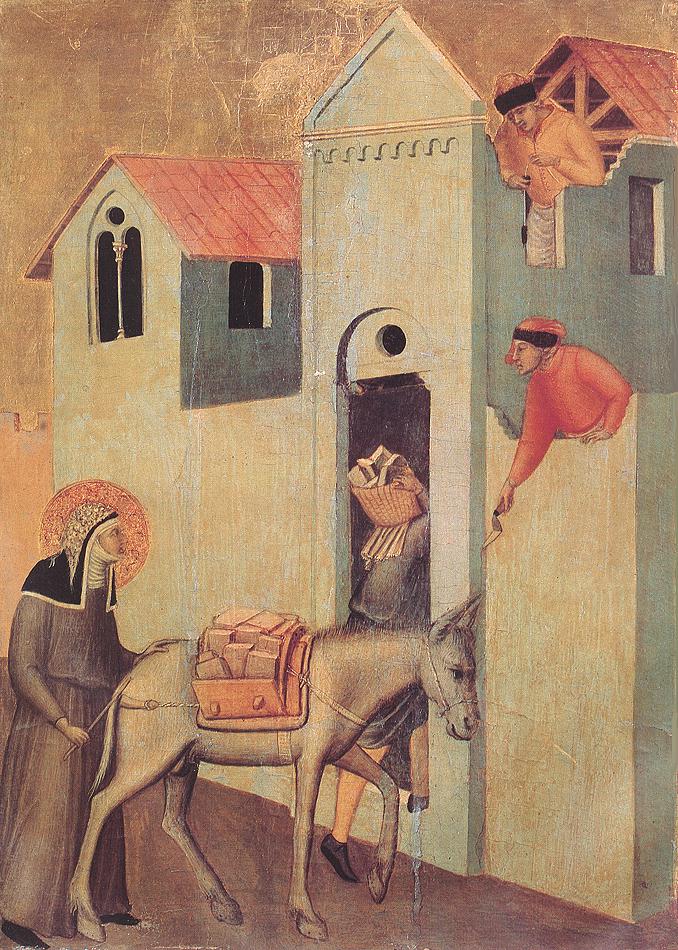
A woman had to have a dowry in order to get married.
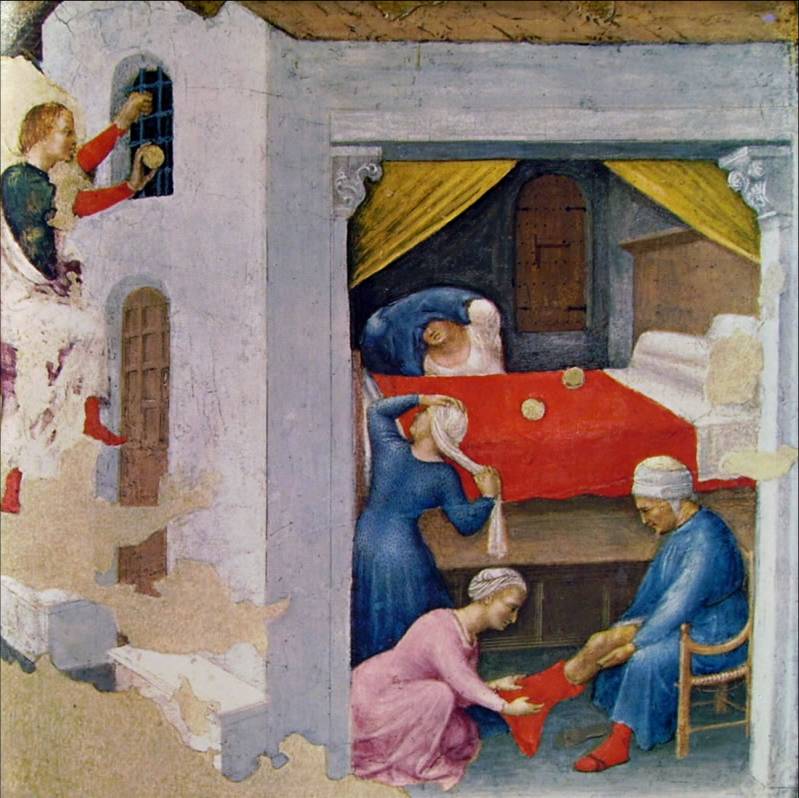
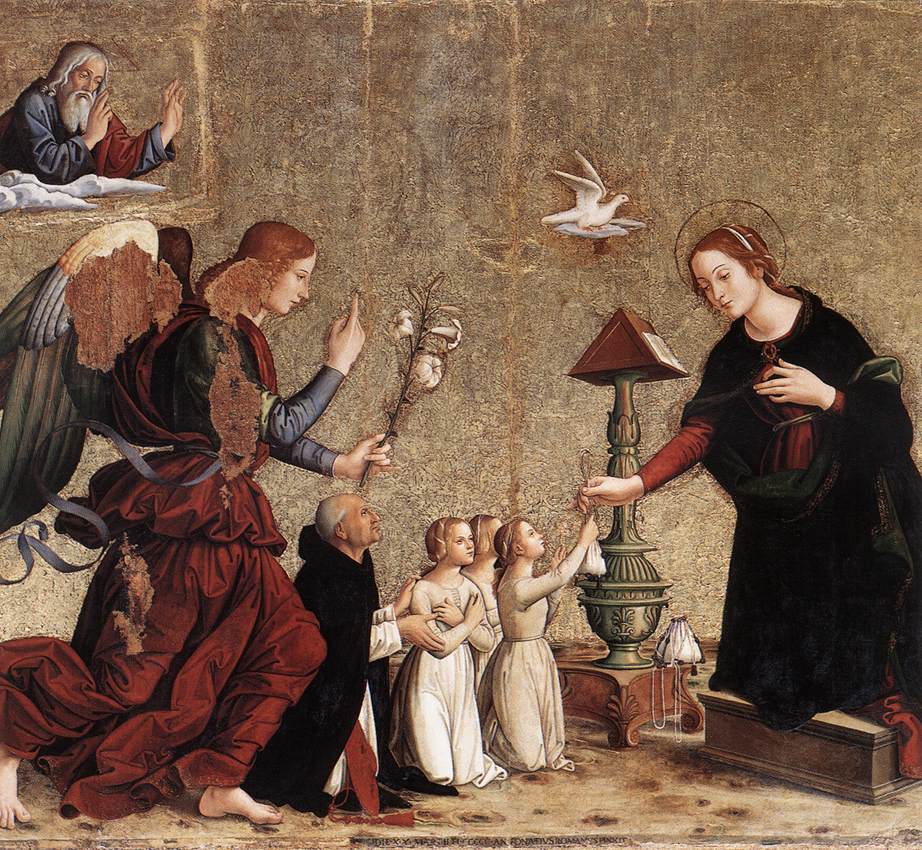
In this painting of the Annunciation, Antoniazzo Romano represents the Virgin Mary giving poor girls bags of money for their dowries.
Families that could not afford to marry their daughters often put them in convents, whether or not the young woman had a religious calling. This was especially true in wealthier families, as dowries became more and more costly.
Here are two portraits of elite women, painted probably on the occasion of their marriages:
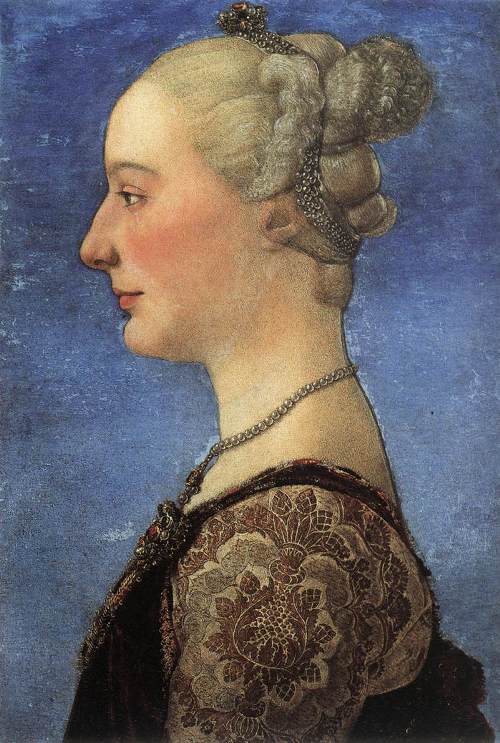
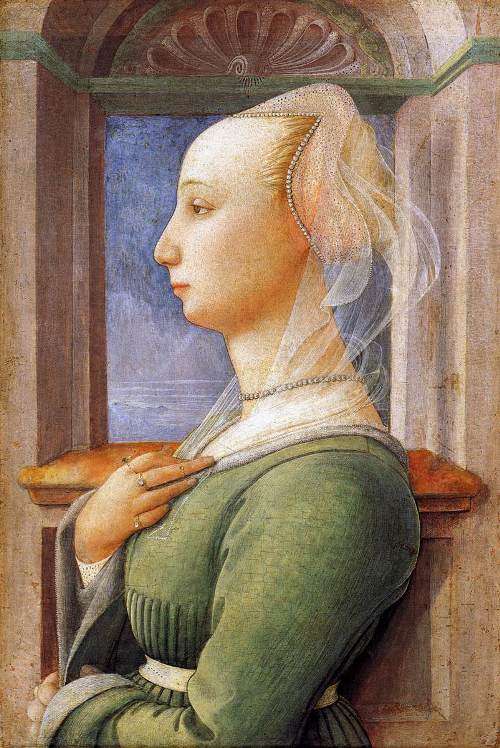
These lovely, privileged young brides had limited legal rights, control over their own property, and often little say in the raising of their own children.
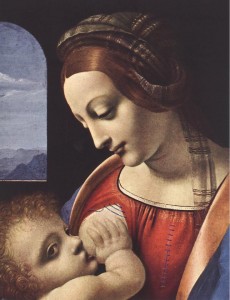
And although Renaissance artists often portrayed the Madonna breast feeding the infant Jesus, women of the upper classes rarely nursed their own babies.
Leonardo da Vinci, Madonna Litta, detail
Instead, those who could afford it hired wet nurses to breast feed their babies.
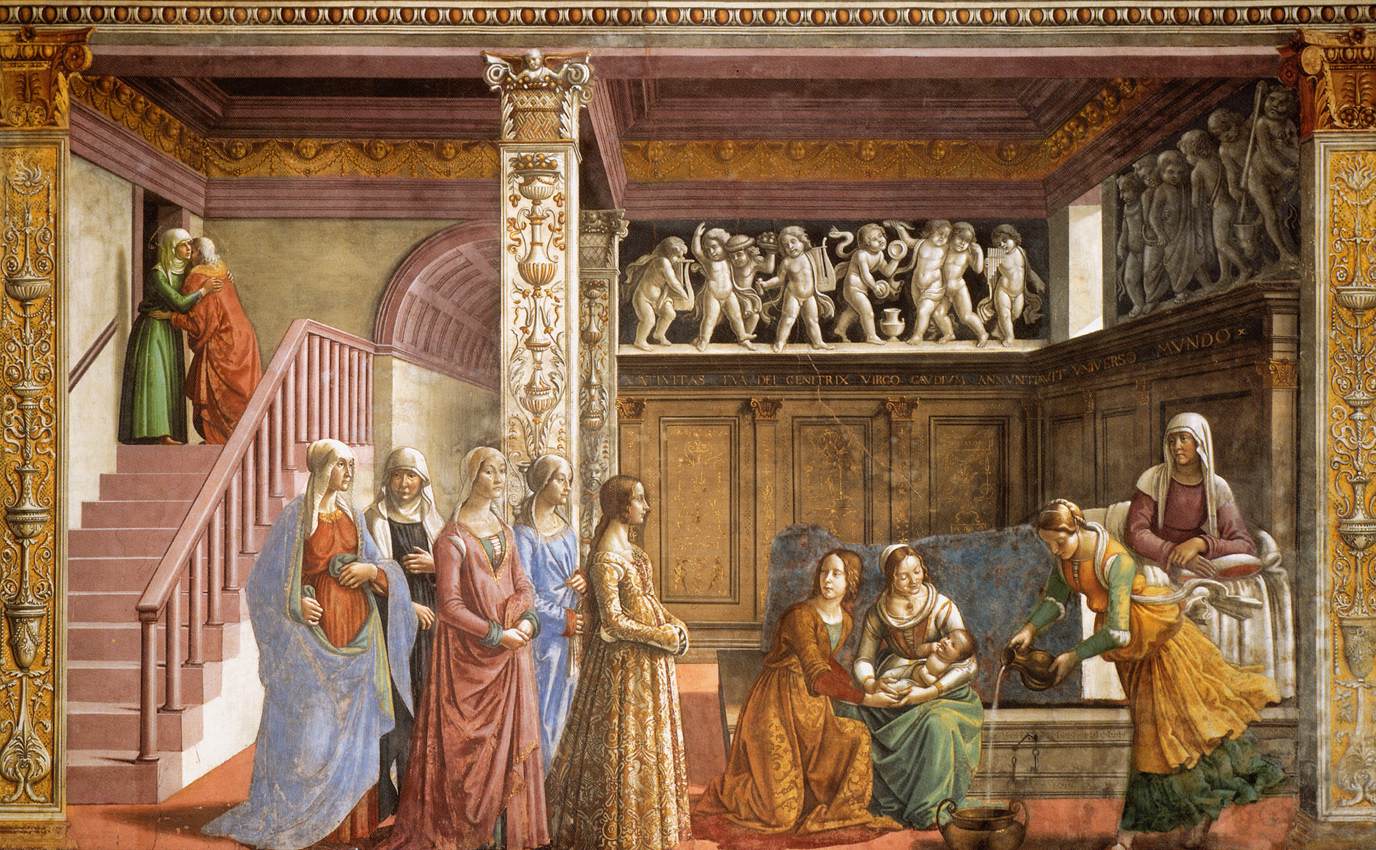
Foundling homes like the Ospedale degli Innocenti in Florence and Santa Maria della Scala in Siena also employed wet nurses.
